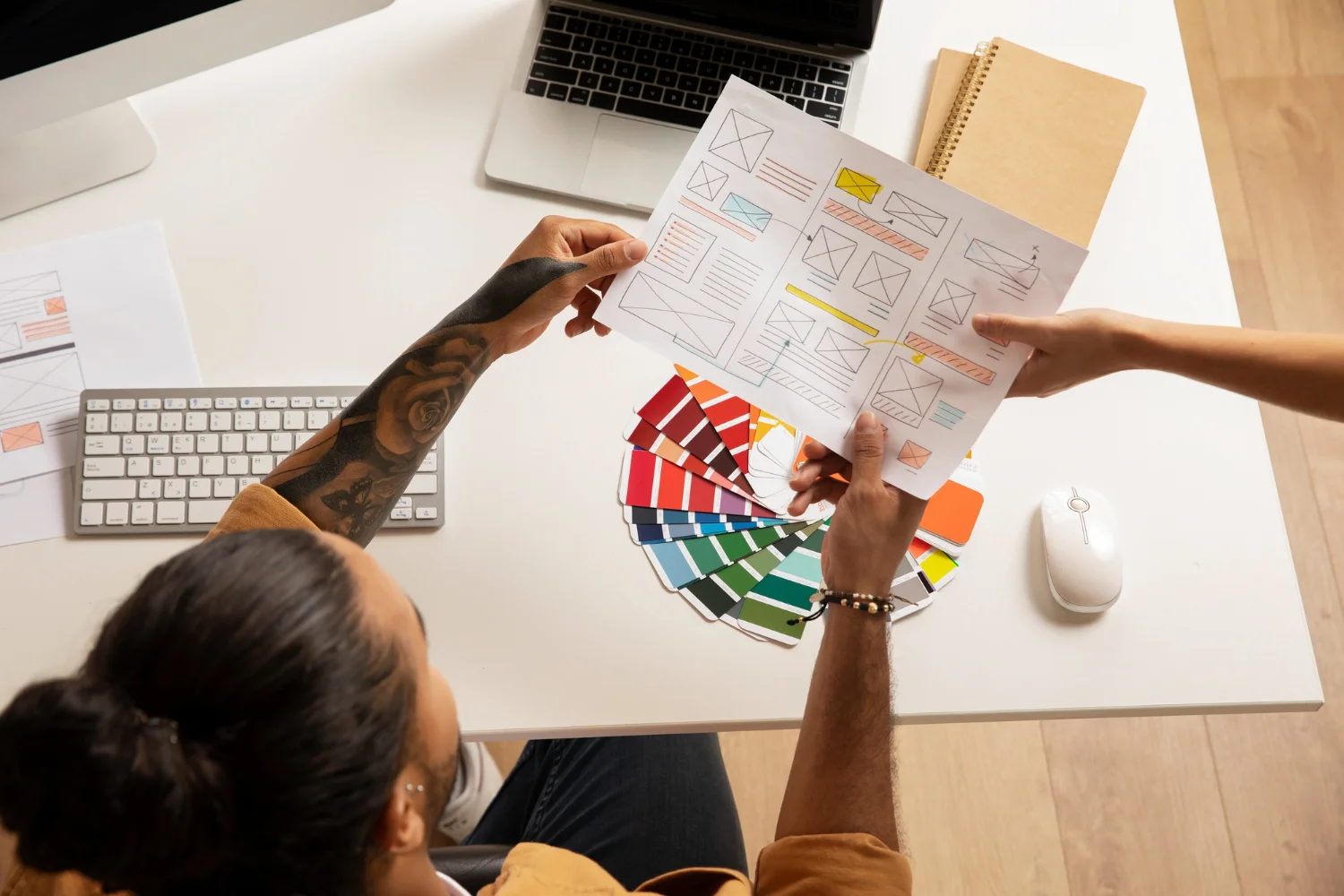How Many Hours Does it Take to Design a Website?

Designing a website is a complex task that involves a variety of steps, each requiring a different set of skills and amount of time. From conceptualization to execution, the process can take anywhere from a few hours to several weeks, depending on the complexity of the website and the expertise of the designer. In this article, we will delve into the various stages of website design and the time each one typically takes.
Understanding the Basics of Website Design
Before we delve into the specifics of how long it takes to design a website, it’s important to understand what website design entails. Website design is not just about creating a visually appealing layout; it’s about creating a functional, user-friendly platform that serves a specific purpose. This involves a variety of tasks, including user interface design, graphic design, coding, and search engine optimization.
Each of these tasks requires a different set of skills and amount of time. For instance, creating a simple website with a few pages may only take a few hours, while creating a complex e-commerce site with hundreds of pages can take several weeks or even months. The time it takes to design a website also depends on the expertise of the designer. A seasoned designer may be able to complete a task in a fraction of the time it takes a novice.
Stages of Website Design and Their Timeframes
Website design can be broken down into several stages, each with its own timeframe. These stages include:
1. Planning and Research
The first stage of website design involves planning and research. This includes defining the purpose of the website, identifying the target audience, researching competitors, and creating a project plan. This stage can take anywhere from a few hours to a few days, depending on the complexity of the project and the amount of research required.
During this stage, it’s important to establish clear goals for the website and to understand the needs and preferences of the target audience. This information will guide the design process and ensure that the final product meets the needs of the users and the objectives of the business.
2. Design and Development
The next stage involves the actual design and development of the website. This includes creating the layout, choosing the color scheme, selecting the typography, creating the graphics, and coding the website. This stage can take anywhere from a few days to several weeks, depending on the complexity of the website and the skills of the designer.
During this stage, it’s important to keep the user in mind. The design should be intuitive and easy to navigate, and the content should be engaging and relevant. The website should also be optimized for search engines to ensure it ranks well in search results.
3. Testing and Launch
The final stage involves testing the website and launching it. This includes checking the website for errors, testing it on different devices and browsers, and making any necessary adjustments. This stage can take anywhere from a few hours to a few days, depending on the number of issues that need to be addressed.
Once the website has been tested and any issues have been resolved, it can be launched. However, the work doesn’t end there. Websites require ongoing maintenance and updates to remain relevant and functional.
Factors That Influence the Time It Takes to Design a Website
There are several factors that can influence the time it takes to design a website. These include:
1. The Complexity of the Website
The more complex the website, the longer it will take to design. A simple website with a few pages and basic functionality can be designed in a few hours, while a complex e-commerce site with hundreds of pages and advanced features can take several weeks or even months to design.
2. The Expertise of the Designer
The skills and experience of the designer can also influence the time it takes to design a website. A seasoned designer may be able to complete a task in a fraction of the time it takes a novice. Additionally, a designer who is familiar with the latest design trends and technologies may be able to create a more modern and effective website in less time.
3. The Quality of the Content
The quality of the content on the website can also impact the design time. High-quality content takes time to create, but it can significantly improve the effectiveness of the website. This includes not only the written content, but also the images, videos, and other multimedia elements on the site.
Conclusion
In conclusion, the time it takes to design a website can vary greatly depending on a variety of factors. However, regardless of the time it takes, it’s important to remember that good website design is about more than just aesthetics. It’s about creating a functional, user-friendly platform that serves a specific purpose and meets the needs of the users. By understanding the various stages of website design and the factors that influence the timeframe, businesses can better plan their website design projects and set realistic expectations.

 Flavius Trica
Flavius Trica







